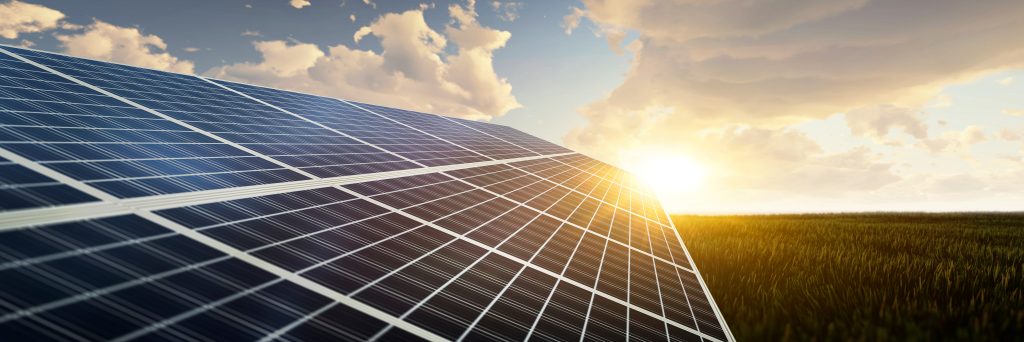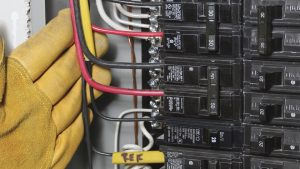Clean energy tax incentives have the potential to transform the US solar manufacturing industry and launch massive private investment, according to a recent report by the Solar Energy Industries Association (SEIA). The report indicates that if these incentives pass into law, the US will be well on its way to achieving SEIA’s goal of 50 GW of domestic solar manufacturing capacity. This presents a great opportunity for businesses to plan and invest in solar manufacturing, particularly as the proposed tax legislation focuses on demand certainty, capex support, and production-related incentives.
Several companies, such as Enphase, REC Americas, Maxeon, Hanwha Q CELLS, and Meyer Burger, are already looking to create new manufacturing capacity or expand existing facilities in the United States. SEIA is also aware of many more leading companies actively contemplating US manufacturing investments. The report concludes that US solar panel manufacturing would vastly expand relatively quickly if the energy tax incentives pass into law. This growth would also extend to solar inverter, racking, and tracker manufacturing, including more American steel in the ground. The production and manufacturing employees who make all this happen will be in various states across the country.
Further up the supply chain, new investments in domestic ingot and wafer and cell manufacturing capacity are also expected. Ingot plants would present new opportunities to US polysilicon manufacturers who are unfairly blocked from selling into the large market in China. This, in turn, would lead to business for US silicon metal producers in states like West Virginia, Alabama, and Mississippi.
Clean energy tax incentives will also stimulate investments in new machine tool capacity, such as ingot pullers, pick and place machines, and laminators, and from companies that produce solar glass, junction boxes, encapsulants, back sheets, etc. With the right investments, a broad domestic solar manufacturing base could truly be built.
The report notes that a bright domestic solar manufacturing future is not assured, as demonstrated by the recent announcement that LG was exiting the global solar business. Therefore, as a nation, it is imperative that a commitment is made to invest in solar manufacturing. In 2020, SEIA published a strategic manufacturing whitepaper calling for 100 GW of manufacturing investments across the renewable energy supply chain, including solar, wind, and storage. The whitepaper identified tax incentives as a critical driver for new manufacturing. Last year, SEIA set a solar-specific target of 50 GW, including polysilicon, ingots and wafers, cells, modules, racking, trackers, and inverters.
There are several reasons why strengthening US solar manufacturing is important, including achieving climate goals, increasing supply chain resiliency, and enhancing national security. With clean energy tax incentives, the US can invest in the future and create a flourishing domestic solar manufacturing industry.
Click here to find out how to install solar panels in your own roof today!


